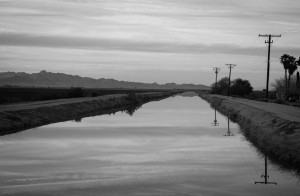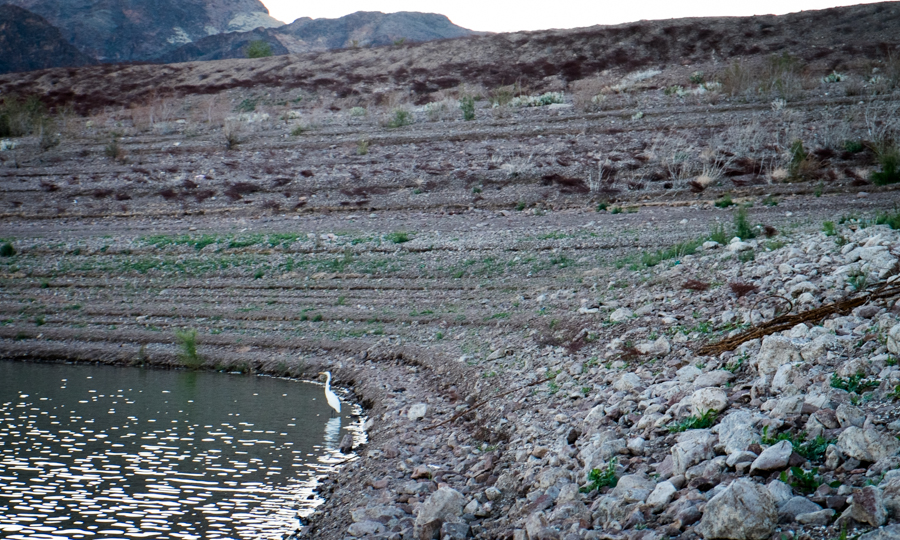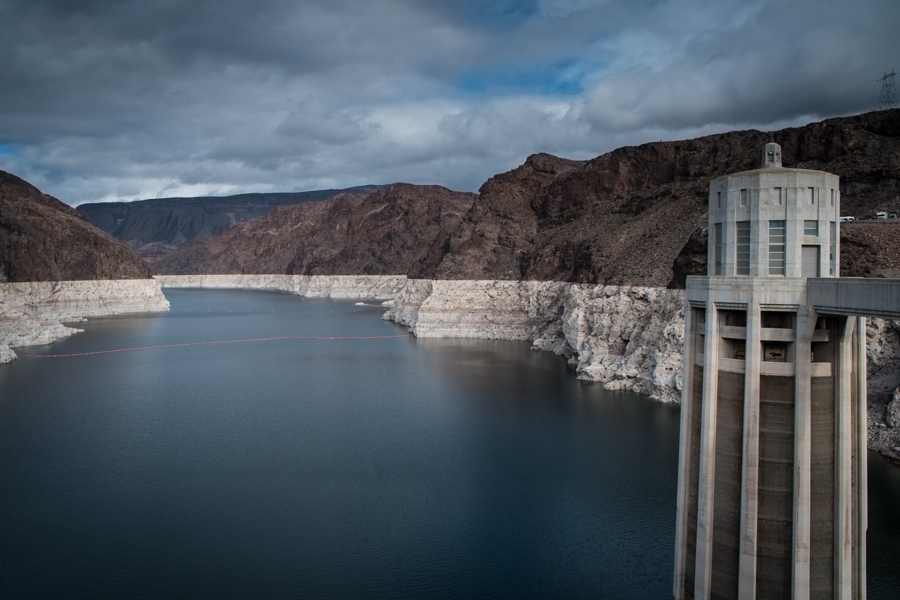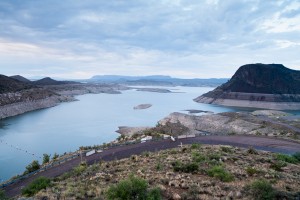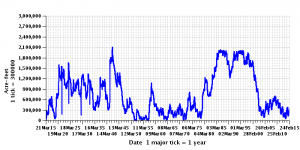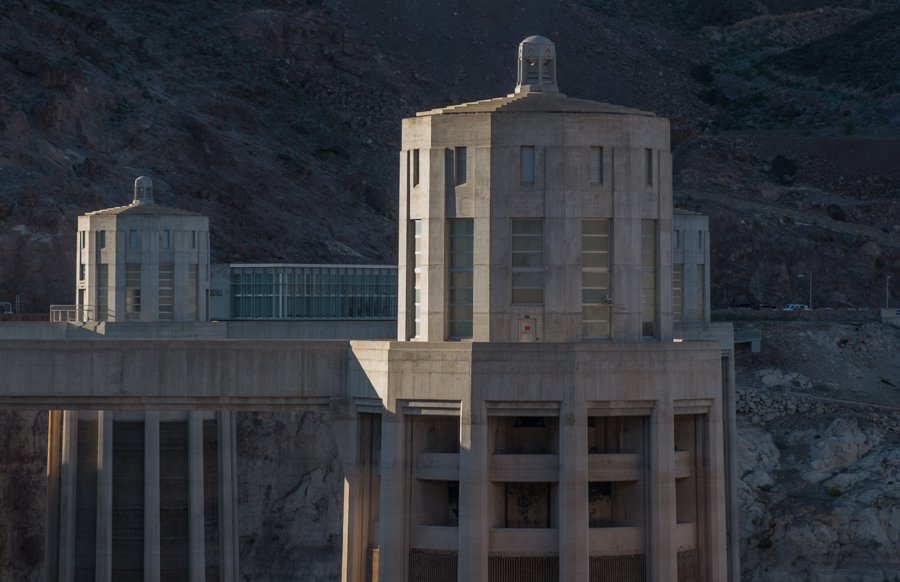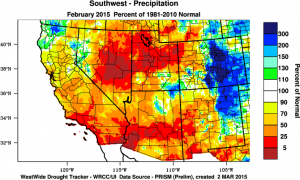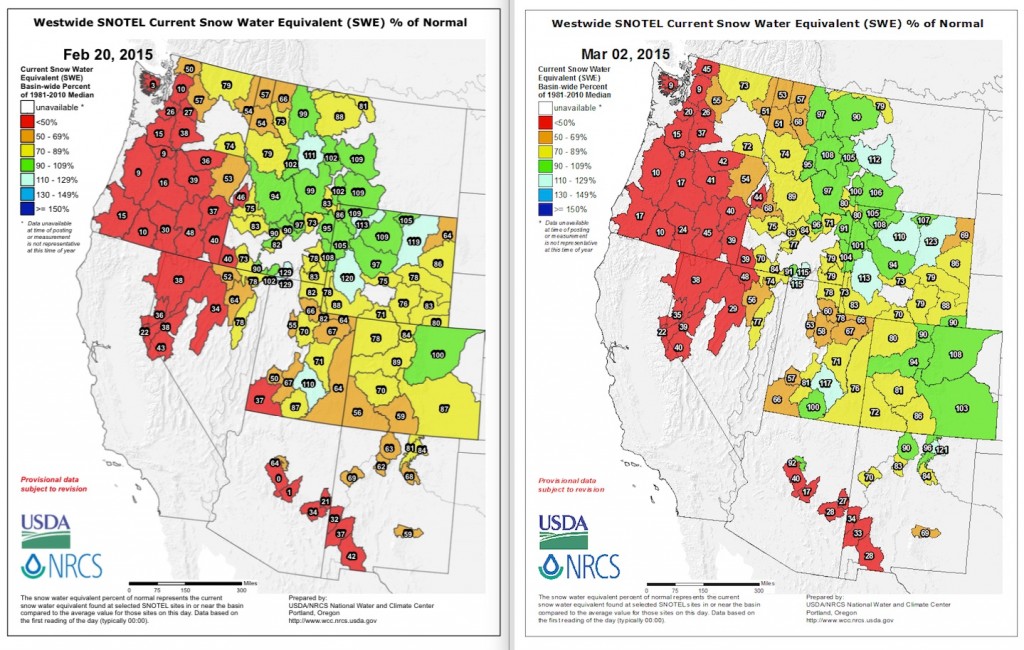There’s a particularly important passage in Matt Jenkins’ new piece on former Las Vegas water manager Pat Mulroy’s leadership on Colorado Basin issues (behind paywall for now, subscribe!) where he describes an example of a convoluted deal to bank Nevada water in an Arizona aquifer:
It was … the first federally sanctioned deal for a water transfer between two states. But Mulroy has only ever spoken about it euphemistically because transfers, even within the Lower Basin, are so politically charged. “Don’t ever call it a transfer,” she scolded during a 2008 interview. “It’s a banking agreement. That thing will disappear on us tomorrow if we call it a transfer.”
She had learned a crucial lesson, however. In the years that followed, Mulroy would — despite her reputation as a woman who didn’t mince words — speak an increasingly convoluted lingua franca that would eventually include enigmas like “intentionally created unused apportionment.” It sounds like gobbledygook, but it was all for a larger end.
“I learned it’s not what you do, it’s what you call it,” Mulroy told me. “You find the right name for it, and you can do anything.”
In the Colorado River Basin, there is a core network of people representing each of the states and the major water users within the states who understand that the basic problem is this: If each state clings to the water rights volume numbers written down over the years on pieces of paper documenting “the Law of the River,” there won’t be enough water to go around, the reservoirs will empty and the system is at risk of crashing in unexpected and potentially very unpleasant ways. Down this path lies a lack of resilience.
This is a group of varying size and membership that regularly works together on basin-wide problems. After gathering to work out solutions that invariably involve lots of “using less than we though we were entitled to on paper,” each negotiator must sell the deal back home in a political environment motivated almost entirely by domestic concerns. You can’t just say “we’ve gotta use less water,” because then you get things like this:
“If anybody thought we were going to roll over and say, ‘OK, California, you’re in a really bad drought, you get to use the water that we were going to use,’ they’re mistaken,” said James Eklund, director of the Colorado Water Conservation Board.
Eklund knows, or should know, that there are mutually beneficial solutions that involve both Colorado and California (along with everyone else) not using the full allotment of water to which they’re entitled on paper. (Some of the best solutions also involve clever approaches to moving water across state lines. My book will look in detail at a suite of such ideas.) But as Mulroy said, you’ve got to be careful what you call it, because the Eklunds’ of the world gotta make this work back home.
Eklund’s comments were seen (I think correctly) across the basin as playing to the home crowd, while the state of Colorado actually has been a collaborative participant in the search for shared solutions to the basin’s problems.
But if the whole thing blows up, and my optimism about finding solutions to sharing water turns out to have been wrong, it will almost certainly fail because of problems at this boundary between basin-wide realities and the politics of domestic consumption. The scale of water governance requires solutions at the basin-wide scale that must then be implemented back home one river diversion and water district at a time, where the political system at the state and local level incentivizes pounding fists on tables and vowing to fight to save our water from those other people.
See, for example, Eklund.
So the folks working on this problem at a basin level have to structure the deals in such a way that they have a plausible story upon their return to the world of domestic politics. And they also have to invest in what resilience scholars call “social learning“, which is critical to bridging this gap in governance scale.
In the meantime, “intentionally created unused apportionment” may just mean “we used less water than we could’ve, and those other guys got some of what we saved”, but you’ve gotta be careful how you phrase it.

